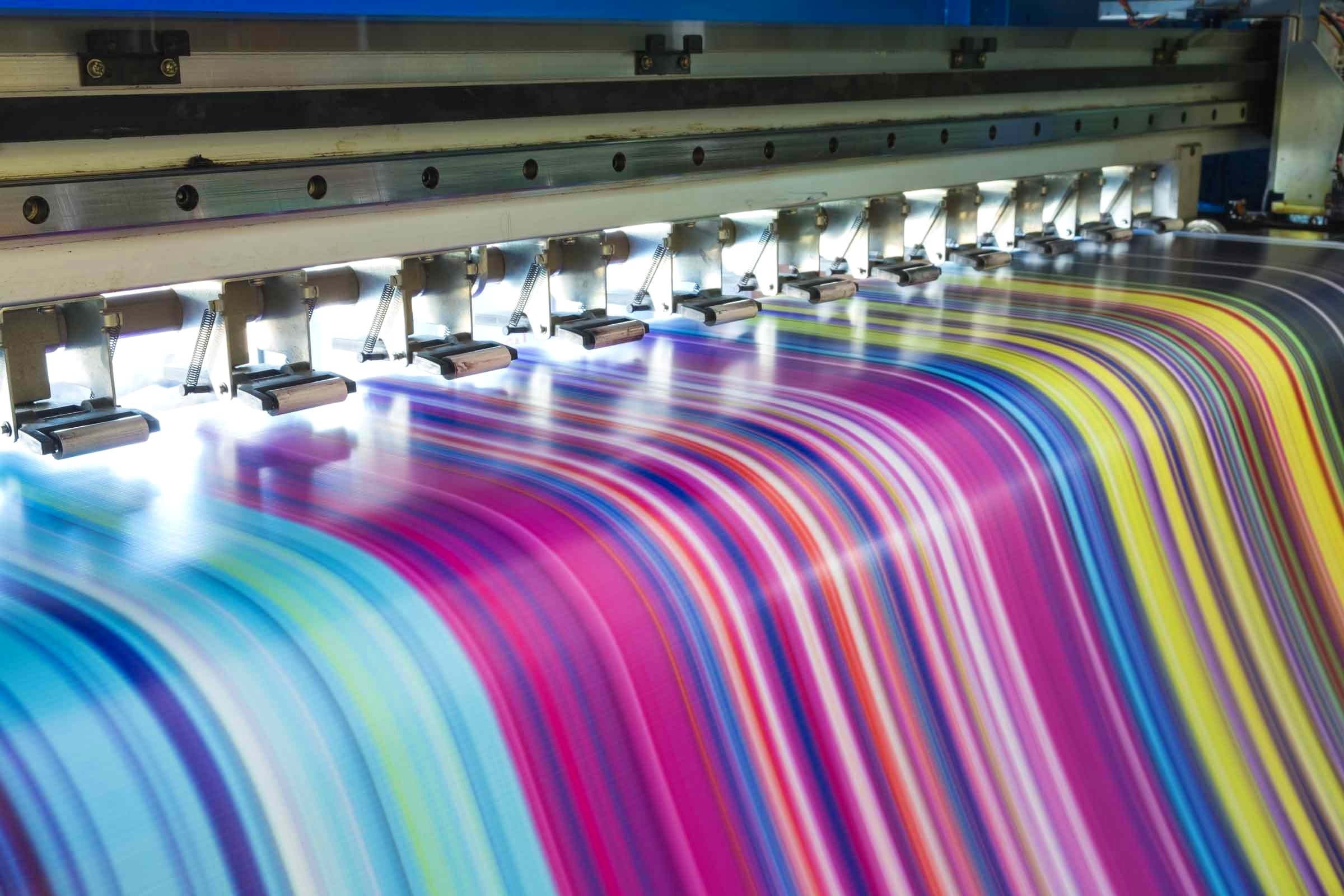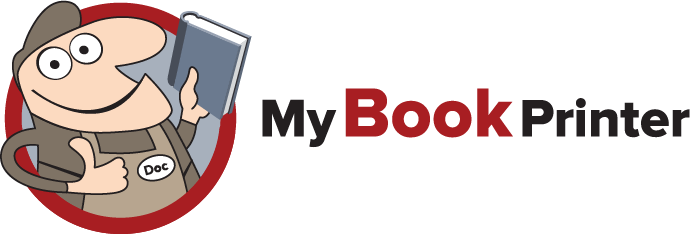
Printing Knowledge:
Understanding Digital Printing VS Offset Printing
Digital printing and offset printing are two popular printing methods used today. While both methods are used to produce printed materials, there are some key differences between the two.
Digital Printing
Digital printing is a printing method that uses digital files, such as PDFs or JPEGs, to produce printed materials. In this method, the digital files are sent directly to the printer, which uses CMYK toner, CMYK inkjet or laser technology to print the images onto the desired material. This method is often used for printing shorter runs because it is faster and more cost-effective for smaller quantities.
Offset Printing
Offset printing, on the other hand, is a printing method that uses CMYK ink which is applied to printing plates transferring the image onto a rubber "blanket," which then rolls the image onto the printing material. This method is often used for printing larger runs of materials, such as books or newspapers because it is more cost effective for larger quantities.
Toner Based CMYK
One of the main differences between digital and offset printing is the cost. Digital printing is typically more expensive on a per-unit basis, but it is the preferred option for smaller runs because it does not require the time and cost of creating printing plates. Offset printing is generally less expensive on a per-unit basis, but it is a better option for larger runs because the cost of creating the printing plates is spread out over a larger number of units.
Inked Based CMYK
Another difference between the two methods is the quality of the printed materials. Digital printing typically produces materials with high image quality and vibrant colors, but the quality may not be as consistent as with offset printing. Offset printing, on the other hand, produces materials with consistent and high-quality images, but the colors may not be as vibrant as with digital printing.
Digital and offset printing are both popular methods used to produce printed materials. The main differences between the two methods are the cost and the quality of the printed materials. Digital printing is more expensive on a per-unit basis but is a good option for smaller runs, while offset printing is less expensive on a per-unit basis but is a better option for larger runs.




